May 22, 2025 | 21:44 GMT +7
May 22, 2025 | 21:44 GMT +7
Hotline: 0913.378.918
May 22, 2025 | 21:44 GMT +7
Hotline: 0913.378.918
Three decades after the Convention on Biological Diversity (CBD) was adopted, biodiversity continues to decline at a severe level. At the second part of the 15th Conference of the Parties (COP15.2), the international community endorsed the Kunming–Montreal Global Biodiversity Framework (GBF), which sets out four targets for 2050 and 23 targets for 2030. These targets aim to end and reverse biodiversity decline.
The GBF promotes a whole-of-government and whole-of-society approach while also requiring countries to review and update the National Biodiversity Strategy and Action Plan (NBSAP).
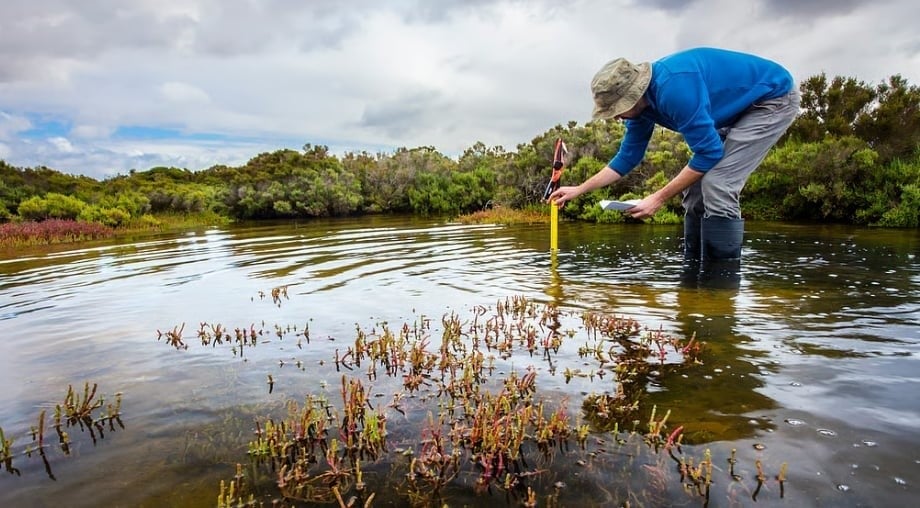
NBSAP Tracker releases evaluation results from 23 out of 51 parties that have submitted NBSAPs to the CBD. Photo: iStock
The World Wildlife Fund for Nature (WWF) has utilized NBSAP Tracker to assess the NBSAPs and national targets submitted by Parties following COP15.2.
Developed by the WWF, the NBSAP Tracker tool supports Governments, including Vietnam, in reviewing their NBSAPs in line with the Global Biodiversity Framework (GBF). With its intuitive interface and transparently updated data, this tool enables functional agencies to clearly identify the gap between commitments and actual practice, thereby adjusting policies and solutions to suit the national context better.
Besides, NBSAP Tracker also contributes to enhancing accountability, facilitating the involvement of stakeholders, from social organizations and donors to local communities, in monitoring the implementation progress.
First is the level of ambition, reflecting the country’s strategic commitment and readiness to take action. Many NBSAPs still focus more on “conservation” than on “reversing decline.” Although 81 Parties have submitted NBSAPs or national targets that covered all 23 targets under the GBF and 114 Parties have coverage of 75% or more, the global average score is only 46.4%. Japan and France score highly at 83% and 84%, respectively, thanks to the development of SMART targets, based on baseline data and with resource commitments.
Second is the whole-of-government and whole-of-society approach. This approach evaluates the degree of cross-sectoral coordination and integration into development planning and promotes practical participation of businesses, civil society, local communities, indigenous peoples, women, and youth. The global average score is 57.1%, reflecting progress since COP15.2, particularly at the central government level. However, participation from non-state actors remains limited. France reaches a very high score (94%) due to its comprehensive approach in policy development, implementation, and monitoring.
Third is means of implementation, including the National Biodiversity Finance Plan (NBFP), resource mobilization mechanisms, integration with other commitments such as Nationally Determined Contributions (NDCs) and Sustainable Development Goals (SDGs), and capacity-building plans. This is a common weakness, with a global average score of only 41.4% due to the lack of concrete financial plans and clear roadmaps. Suriname and Ireland stand out with scores of 83%, owing to clear NBFPs well integrated into the national planning system.
Fourth is the human rights-based approach (HRBA), a cross-cutting pillar in the GBF, especially under Targets 22 and 23. An NBSAP is positively assessed when it clearly demonstrates the rights to access information, participation, and equitable benefit-sharing mechanisms for vulnerable groups. However, HRBA integration is still low, with a global average score of just 39.2%. Canada scores a perfect 100% thanks to the comprehensive integration of HRBA into policies, whereas eight countries in Europe and Latin America, plus one in Africa, show no HRBA elements in their NBSAPs.
Fifth is monitoring progress and driving action, including the establishment of a national indicator system aligned with global indicators, along with reporting mechanisms and policy adjustment processes. It is a key lesson learned from the failure to meet the Aichi Targets. The global average score currently stands at about 67.3%, indicating a lack of consistent monitoring systems and effective policy feedback mechanisms.
NBSAP Tracker provides an objective and scientific assessment framework referencing the GBF across five core aspects:(i) level of ambition ; (ii) whole-of-government and whole-of-society approach; (iii) means of implementation; (iv) human rights-based approach; and (v) monitoring and action-driving mechanisms.
Vietnam’s NBSAP to 2030, with a vision to 2050, issued in January 2022 under Decision 149/QD-TTg, marks an important policy advancement, developed ahead of the adoption of the GBF. According to a preliminary review using the NBSAP Tracker tool, Vietnam’s strategy covers many core contents of the GBF but still leaves room for improvement across all five evaluation aspects.
Regarding the level of ambition, although Vietnam’s NBSAP addresses most GBF targets, opportunities remain to strengthen further and raise the level of ambition to better align with the GBF’s common vision. Additionally, integrating further content such as Target 18 (on reducing harmful subsidies), Target 16 (on reducing food waste), and expanding from existing adaptation solutions to specific targets addressing climate impact mitigation (related to Target 8) are also promising directions.
Similarly, integrating social equity content and ensuring rights for vulnerable groups and nature-dependent communities (Target 9) will enhance the strategy’s inclusiveness and sustainability. Targets such as invasive alien species control (Target 6) and financial resource mobilization (Target 19) could benefit from the addition of suitable quantitative or qualitative indicators to track progress more effectively.
The strategy also encourages enhanced coordination and linkage among state actors, businesses, and communities, achieving a 61% score for the “whole-of-government and whole-of-society participation” aspect.
The monitoring and evaluation aspect of Vietnam’s NBSAP has received attention, with a 65% achievement rate, reflecting the country’s clear commitment to ensuring transparency and effectiveness in the implementation process.

With 47% scored under the "means of implementation" aspect, Vietnam’s NBSAP has a foundation to continue improving and enhancing its implementation effectiveness in the coming time. Photo: KTMT.
The addition of midterm (2025) and final (2030) review milestones in the NBSAP demonstrates strong alignment with international mechanisms, serving as a preparatory step toward the 7th National Report (in February 2026) and the 8th (in 2029).
In terms of the human rights-based approach (HRBA), Vietnam’s NBSAP has initially recognized the roles and rights of vulnerable groups, including local communities, women, youth, and children. This is reflected in contents such as buffer zone livelihoods, community-based ecotourism, and traditional knowledge preservation. These are positive signals, and further concretization through clear monitoring mechanisms, indicators, and resource allocation will help ensure practical and sustainable participation of these groups, aligning with the spirit of the GBF.
In addition, a National Biodiversity Finance Plan (NBFP), a key tool recommended by the CBD, must be perfected and adopted. At the same time, technical capacity and human resources must be assessed while mobilizing public, private, international, and community-based sources.
Globally, the NBSAP updating process indicates that countries increasingly pay attention to aligning national strategies with GBF targets. Vietnam has established a relatively solid policy foundation, demonstrated by clear political commitment and the initial integration of GBF-aligned content into its national strategy. Therefore, updating the strategy is an opportunity for the Government to demonstrate a stronger commitment to perfecting the policy framework, enhancing the specificity and feasibility of targets to align more fully with global commitments by 2030 and beyond.
Translated by Thu Huyen
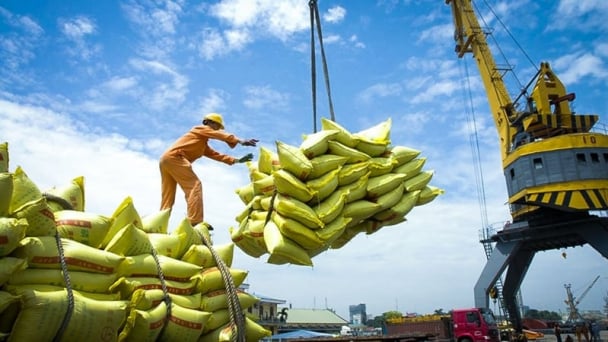
(VAN) The draft amendment to the Circular on rice export trading stipulates a periodic reporting regime for rice exporting enterprises.
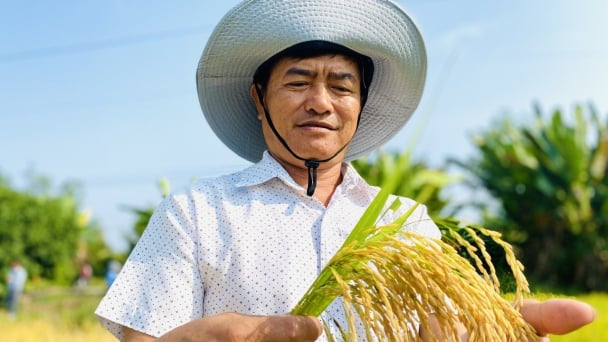
(VAN) Dong Thap farmers attained an average profit margin of 64% during the summer-autumn 2024 crop (first season), while An Giang and Kien Giang farmers followed with 56% and 54%, respectively.
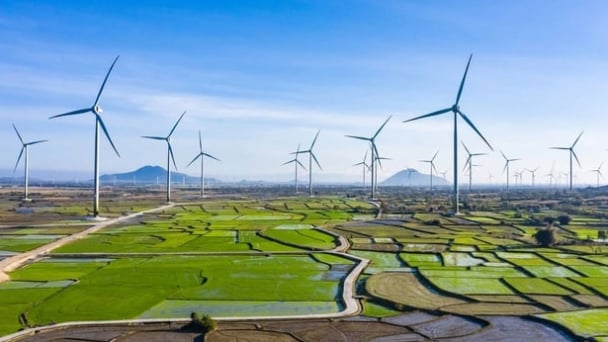
(VAN) As a doctoral student doing research on renewable energy and electrification at Harvard University, the author shares his musings on electricity, nature, and countryside memories.

(VAN) The decree on Extended Producer Responsibility (EPR) ensures transparent management and disbursement of support funds, avoiding the creation of a “give-and-take” mechanism.
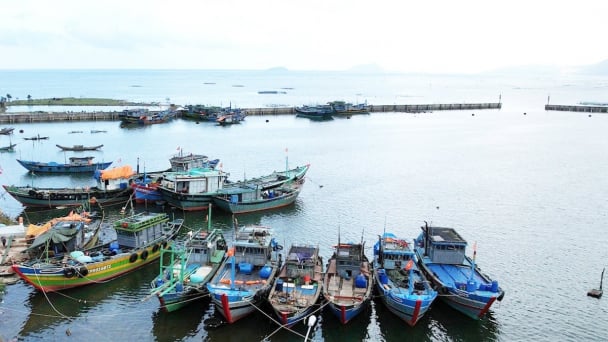
(VAN) Hue City rigorously enforces regulations regarding marine fishing and resource exploitation, with a particular emphasis on the monitoring of fishing vessels to prevent illegal, unreported, and unregulated (IUU) fishing.
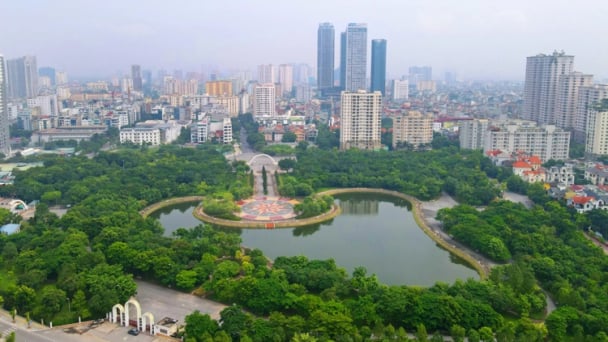
(VAN) Hanoi People's Committee has issued a plan on reducing greenhouse gas emissions in the waste management sector with 2030 vision.